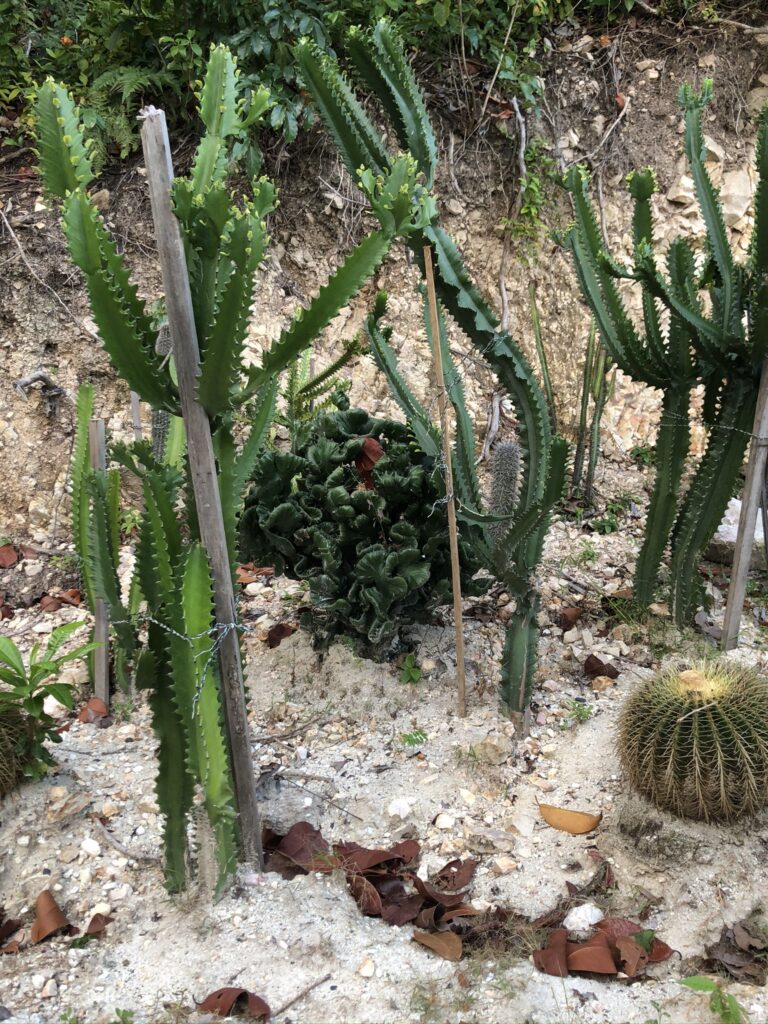“We almost always have an intention, even in our dreams. That intention drives our actions & acts as the context for our experiences, shaping them substantially. What intentions have you been oriented around today, & how have they been shaping your experiences and actions?”

Dear Integral Meditators,
One way you could define mindfulness is ‘Living with conscious intentionally’. The article below unpacks some aspects of this, I hope you enjoy it!
The Therapeutic mindfulness course is ongoing, with this weeks class focusing on ‘Positive Acceptance vs resignation, repression vs suppression – Understanding the dynamic of good quality therapeutic mindfulness‘.
Heads up for this Saturday morning’s Monthly Qi Gong & Taoist Breathwork Clinic & Mini-retreat, & for the main event for October, theIntegral Meditation Two Day Retreat on the weekend of the 28/29th.
In the spirit of intention,
Toby
Fourteen types & levels of mindful intention
We almost always have an intention, even in our dreams. Some of these intentions are conscious, some of them are unconscious. These intentions drive our actions & acts as the context for our experiences, shaping them substantially. What intentions have you been oriented around today, and how have they been shaping your experiences and actions?
One way you could define mindfulness is ‘Living with conscious intentionally’
When I was doing my first serious decade of meditation training back in the 90’s I was working with Tibetan Buddhism as a practice vehicle. One of the main practices was a series of twenty one practices called the ‘Lamrim’ or ‘stages of the path. Each stage was had a particular meditation object associated with it. What was interesting was that twenty of the twenty one meditations was about developing a specific intention, which shows you how important intention is in meditation in general, and in Tibetan Buddhism in particular. What I have done in this article is condense the twenty intentions into fourteen, in a way that can be understood and explored by anyone. The premise is that any one of these intentions will cause us to think, feel and act in ways that are beneficial both to ourselves and others. Our actions follow our intentions and thoughts. If you change your intention, you change your life, literally.
The fourteen levels of intention:
- The intention to seek out reliable guides who can provide us with reliable wisdom in the important areas of our life
- To recognize and appreciate the amazing opportunity of a human life and use it in the most meaningful manner
- Mindful of death and impermanence, to not waste our life on meaningless distractions, rather to ‘carpe diem’; seize the day!
- To seek out communities and people who have integrity and can provide us with genuine refuge from suffering, and ‘sail together’ to happiness and wellbeing
- To be mindful of our actions and the effects that they have in our life. To avoid thoughtless, counter-productive actions, and engage in ‘constructive’ life-enhancing ones
- To practice healthy detachment regarding our desires, and pursue more and more reliable forms of fulfilment, freedom, and wellbeing
- To cultivate equanimity and even-mindedness, both in our pursuit of success, and in our treatment of others
- To cultivate loving kindness toward ourself, our community and all living beings as far as possible
- To wish ourself and others true and lasting happiness
- The intention of compassion: To wish ourself and others to be free from needless pain and suffering
- The active intention to relieve the suffering & pain of ourself
- The active intention to relieve the suffering & pain of others, in fact all living beings
- The active intention to give happiness and joy to others, in fact all living beings
- The determination to realize enlightenment or awakening ourself, in order to fulfil our intention to relieve the suffering of all others, and bring them true and lasting happiness
Intentions 1-6 are primarily focused on ourself, 7-14 progressively lead us to a concern for others; from our ‘close circle’ (friends, family, colleagues) progressively to include all living beings.
The final intention ‘to realize enlightenment and awakening’ means something specific in Tibetan Buddhism. But it can equally be interpreted as simply to become the wisest, most capable person you can be in order to benefit to the evolution of the world. Dwelling upon each of these intentions mindfully can lead us to some powerful, pro-active places within ourselves, you can work with them systematically, or just drop into the ones that catch your attention as you read through.
Article © Toby Ouvry 2023, you are welcome to use or share this article, but please cite Toby as the source and include reference to his website www.tobyouvry.com
In case you missed last week’s articles:
Tree of Life – The union of ego, soul & spirit
&
Distinguishing suppression & repression
All upcoming classes and workshops at IMA:
Ongoing – Weekly Tuesday, Wednesday Online class schedule
Ongoing on Wednesday’s, 7.30-8.30pm – Wednesday Meditation for stress transformation and positive energy with Toby (Bukit Timah)
Ongoing on Tuesday evenings, 7.30-8.30pm – Tuesday Meditation for stress transformation and positive energy with Toby (East Coast)
Ongoing – Re-discovering your inner vitality & joie-de-vivre – An introduction to integrative therapeutic mindfulness & meditation
Saturday October 7th, 9.30-11.30am – Monthly Qi Gong & Taoist Breathwork Clinic & Mini-retreat
Saturday & Sunday October 28th & 29th – Integral Meditation Two Day Retreat
Tues/Weds Oct 31st, Nov 1st – Seasonal class: Samhain – Healing the wounds & receiving the gifts of our ancestors
Tues/Weds Nov 14th/15th – Seasonal class: Deepavali -connecting to your inner light
Sat/Sun Nov 25th/26th, 9.30am-1pm – Shamanic meditation workshop retreat
Integral Meditation Asia
Online Courses * 1:1 Coaching * Books * Live Workshops * Corporate Mindfulness Training *Life-Coaching * Meditation Technology
 Dear Integral Meditators,
Dear Integral Meditators,




